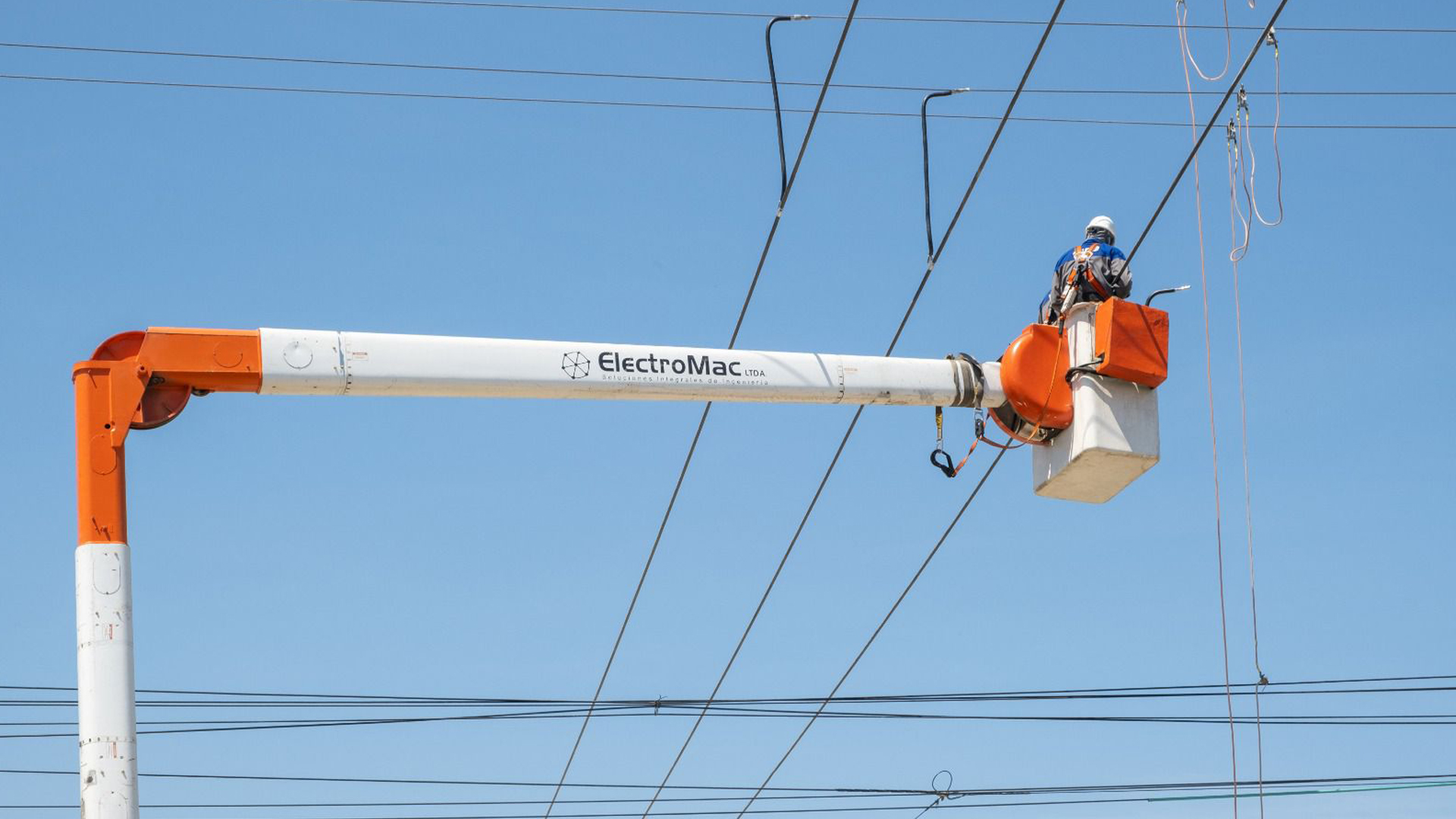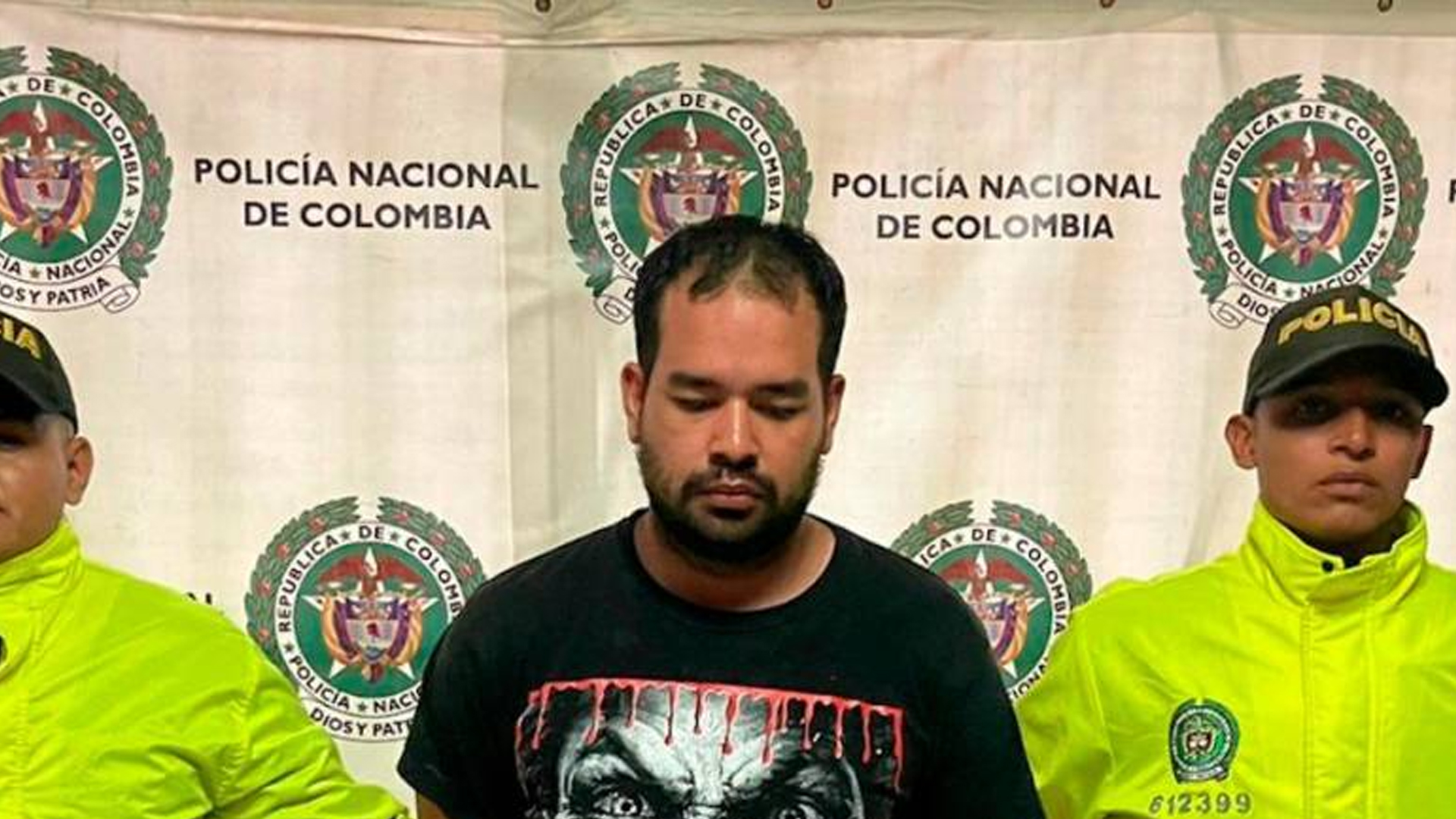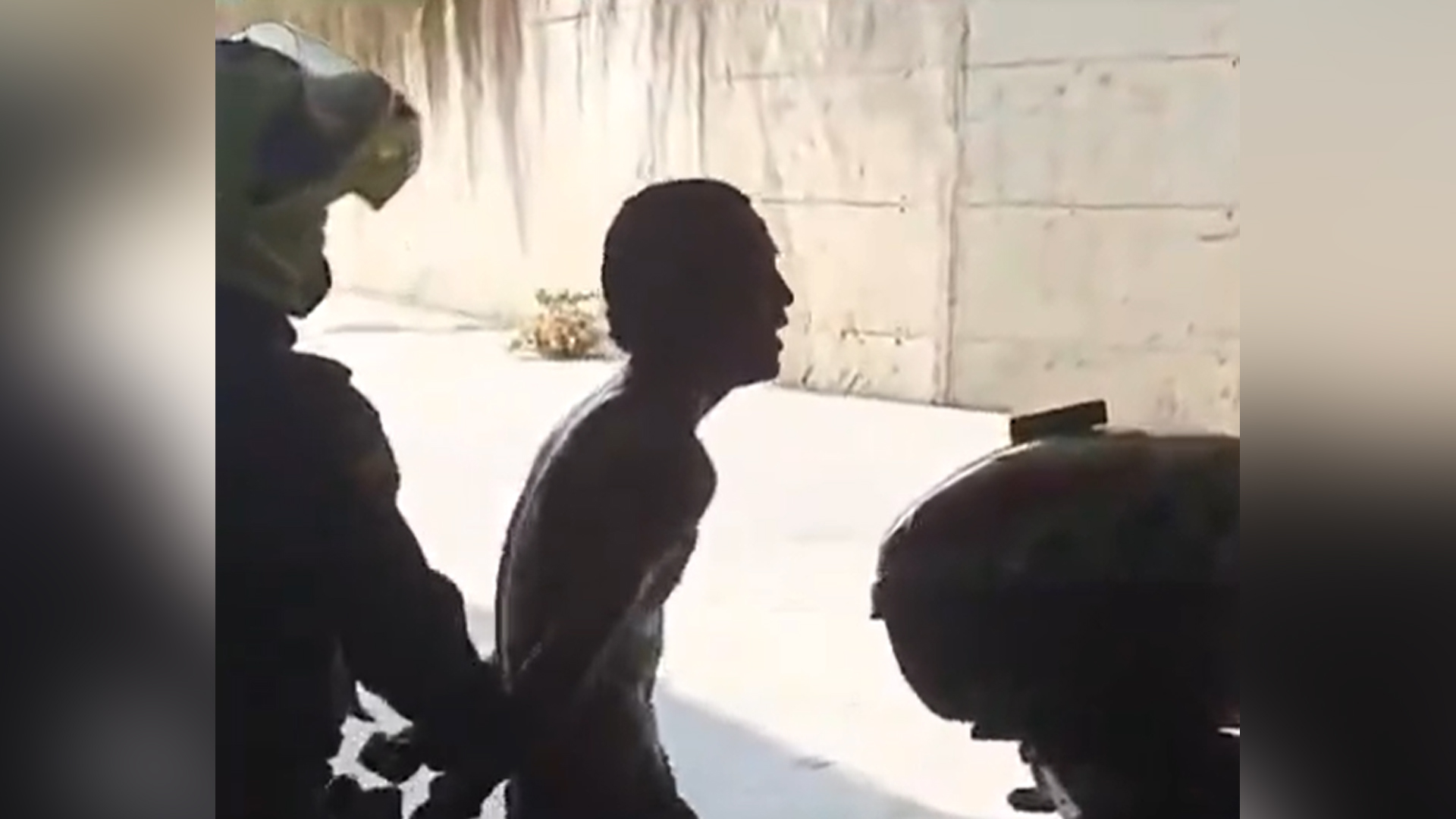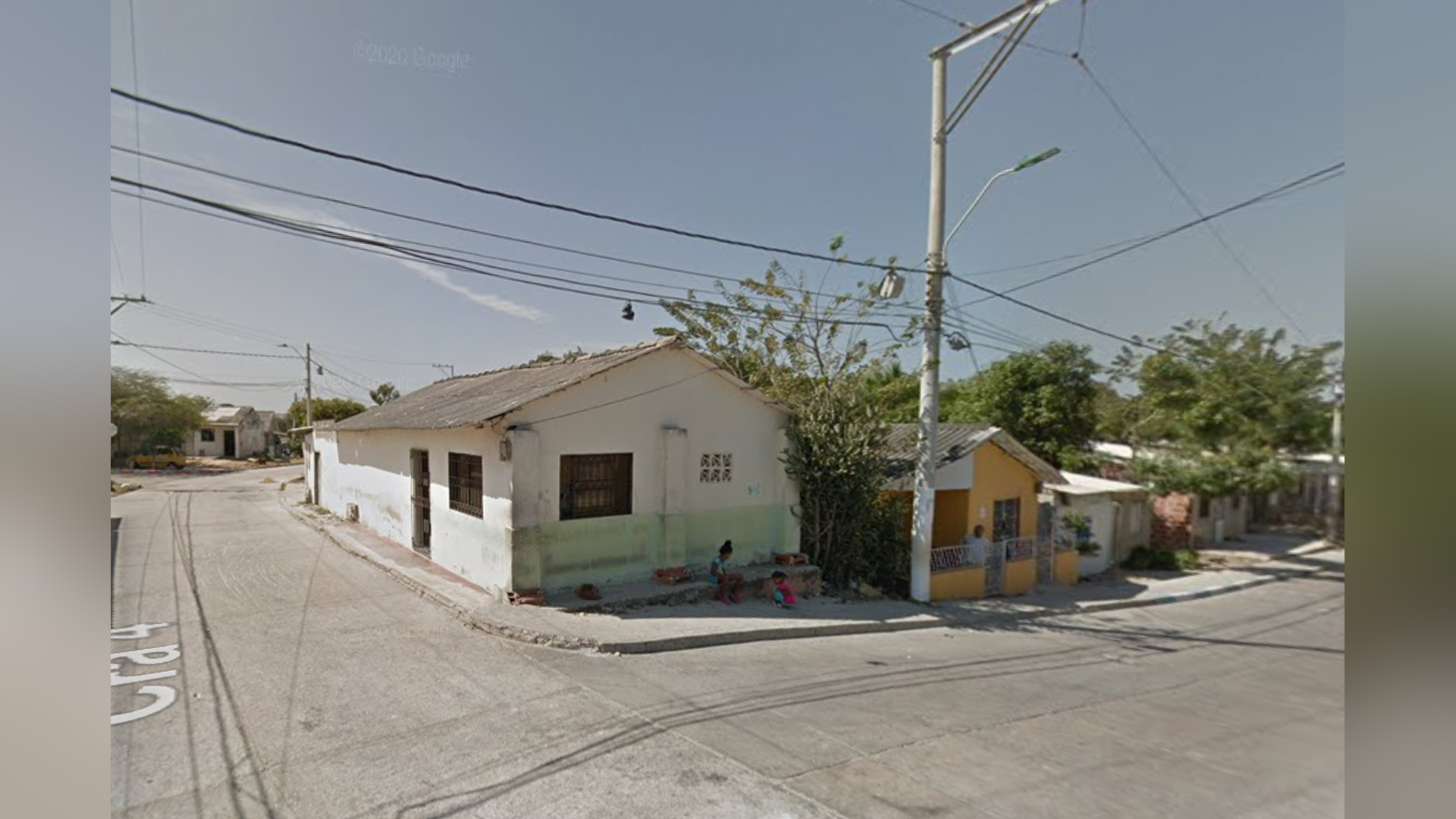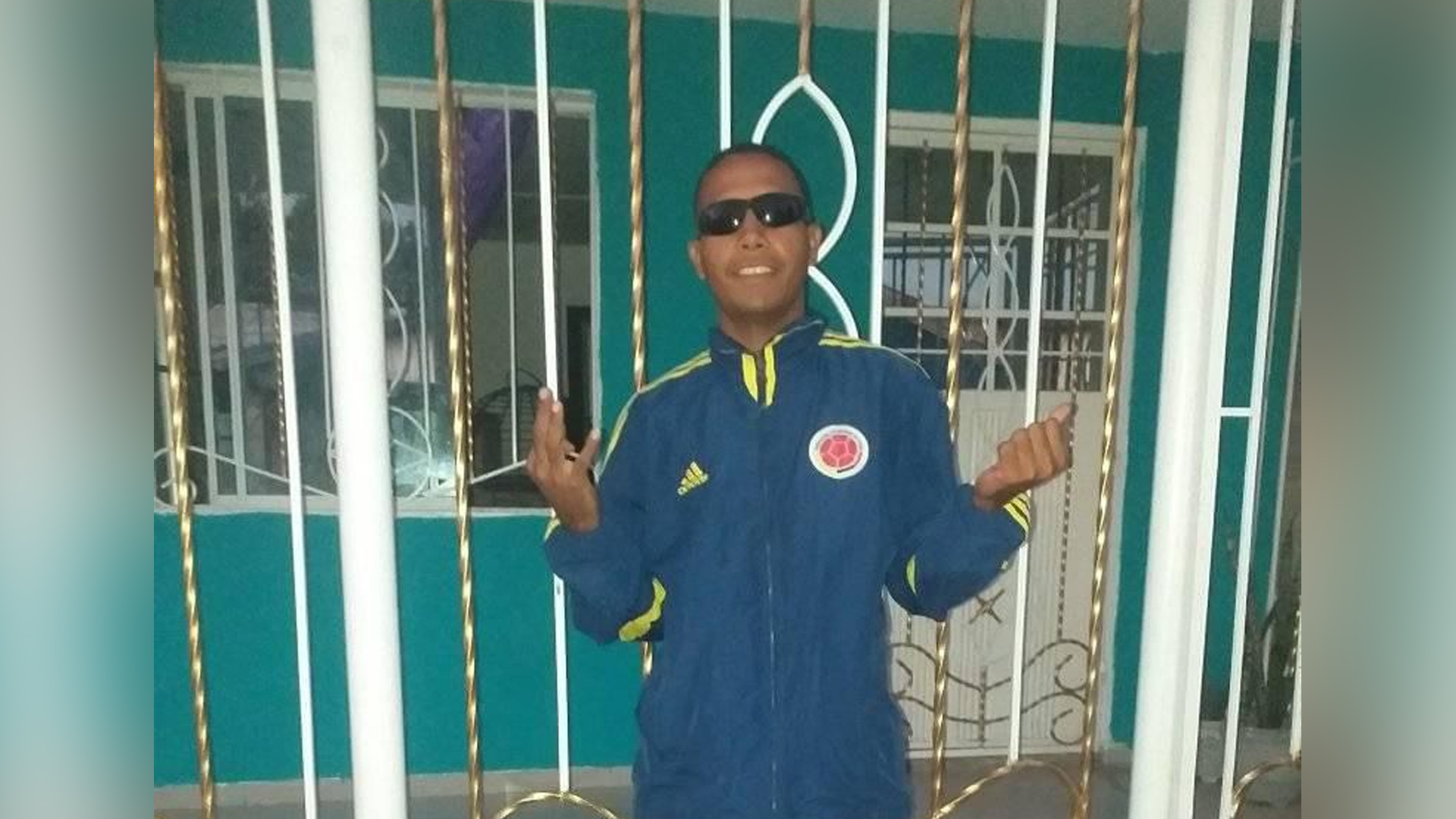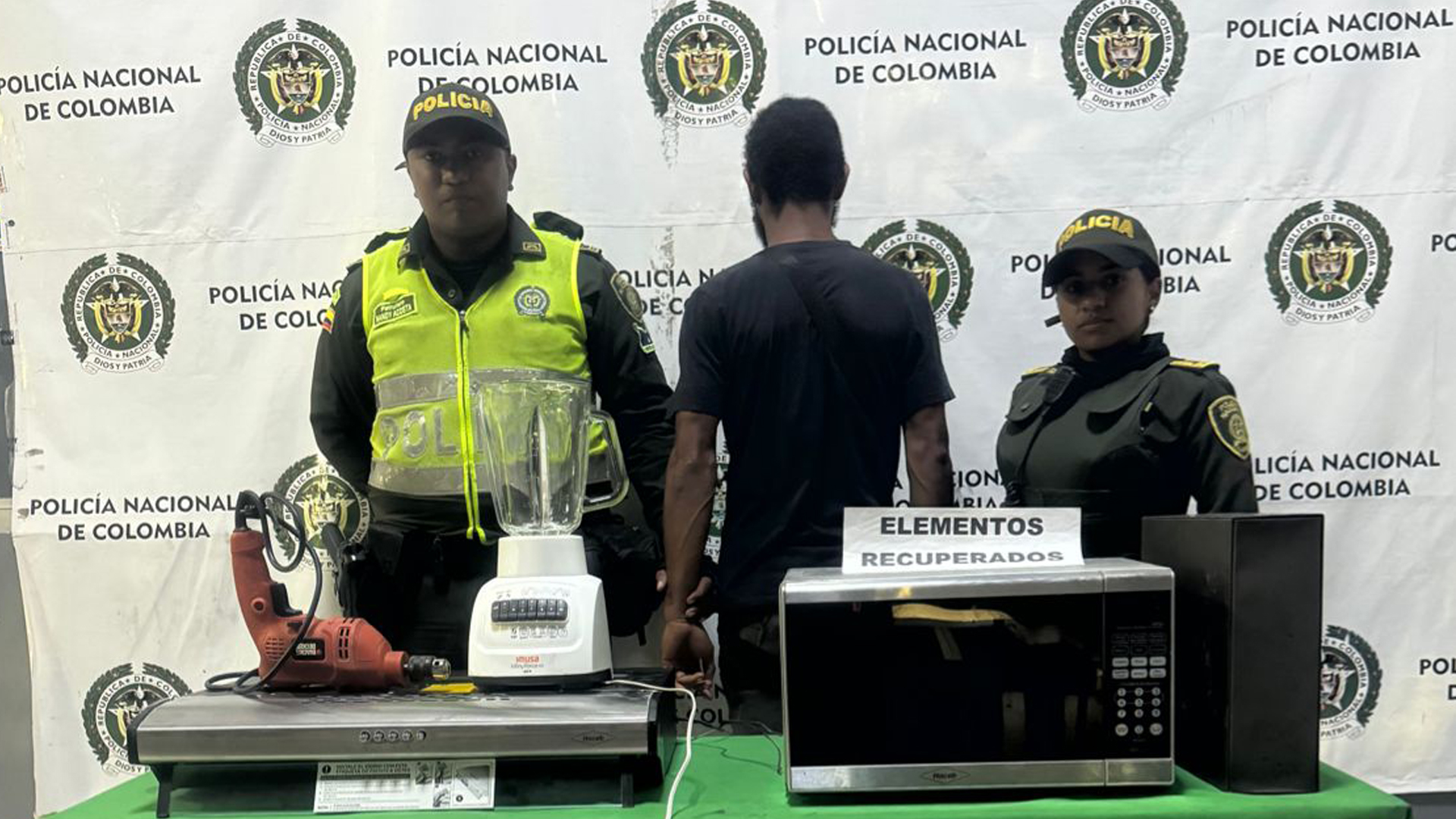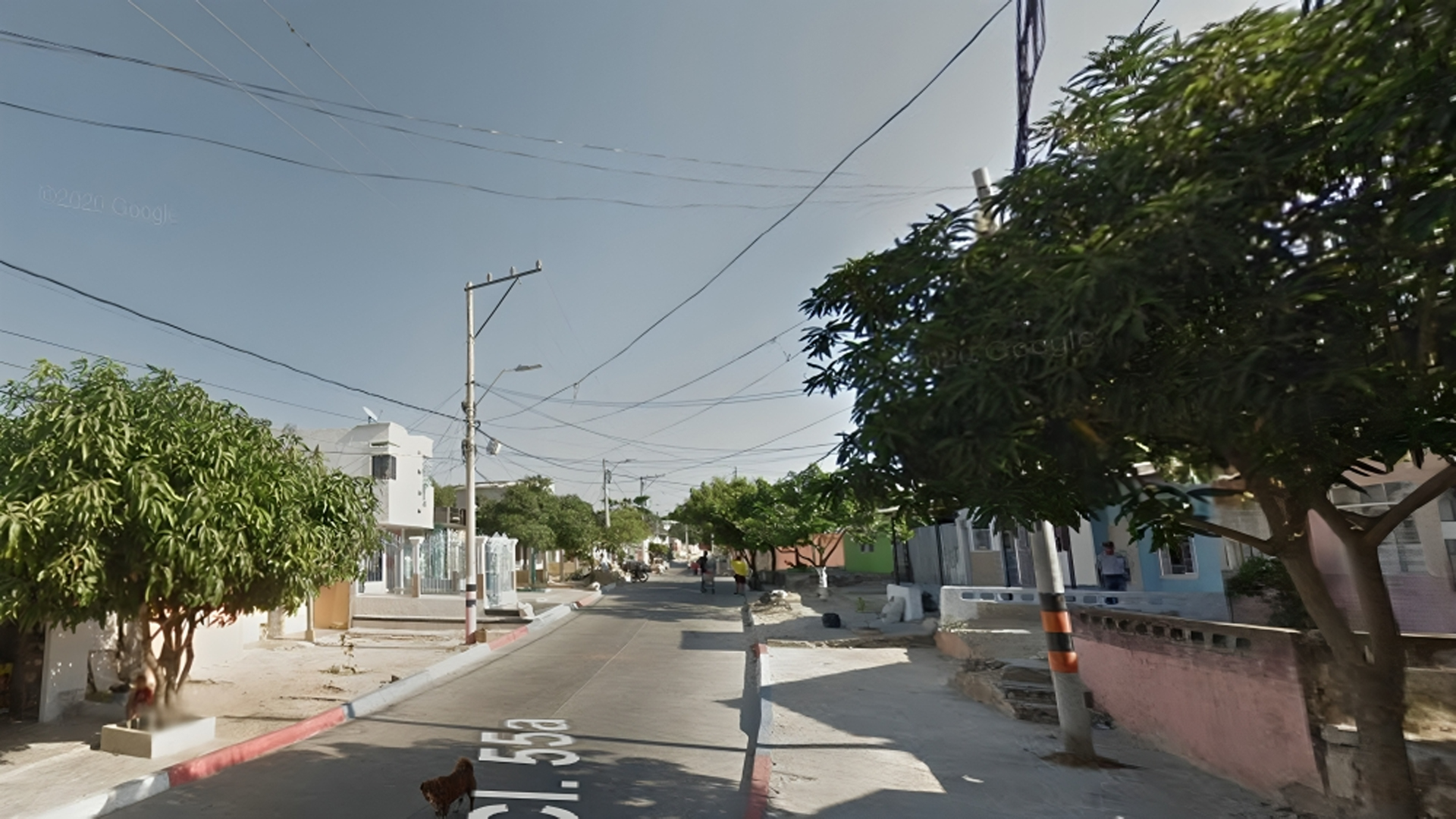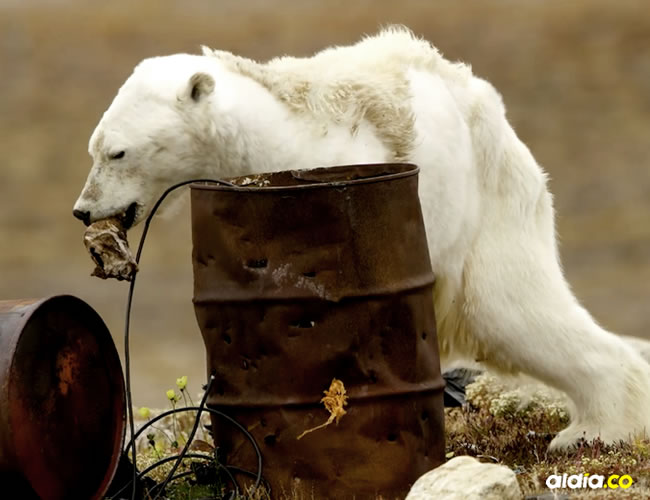
El desolador video de un oso polar muriendo de hambre que indigna al mundo
Nicklen aseguró que el oso falleció a las pocas horas o días de ser filmado.
El video que grabó un grupo de conservación llamado Sea Legacy este verano en el Ártico canadiense se ha vuelto viral en las redes sociales.
La grabación, que fue publicada en el Instagram de Paul Nicklen, ha tenido varios comentarios negativos, pues se trata de un oso polar que está aguantando hambre y se ve totalmente desnutrido (horas antes de su muerte).
Las tristes imágenes muestran al animalito buscando desesperadamente la comida en tanques de basura en la isla de Baffin, Canadá.
Nicklen aseguró que el oso falleció a las pocas horas o días de ser captado. "Es una escena que desgarra el corazón y que todavía me atormenta, pero sé que debemos compartir lo hermoso y lo desgarrador si vamos a derribar los muros de la apatía. Así se ve el hambre. Los músculos se atrofian. Sin energía. Es una muerte lenta y dolorosa", escribió el hombre junto a la publicación.
"La simple verdad es esta: si la Tierra continúa calentándose, perderemos osos y ecosistemas polares enteros", aseveró. "A medida que las temperaturas aumentan y el hielo marino se derrite, los osos polares pierden el acceso al alimento básico principal de sus dietas, las focas”, dijo.
Sin embargo piensa que aún existen soluciones para el problema del cambio climático. "Debemos reducir nuestras emisiones de carbono, alimentarnos de forma adecuada, dejar de talar nuestros bosques y comenzar a poner en primer lugar la Tierra, nuestro hogar".
Algunos usuarios han estado de acuerdo con Nicklen y critican el mal trato que le da el ser humano a la naturaleza, mientras que otros simplemente están molestos porque el equipo no ayudó al oso.

"Definitivamente una de las cosas más desgarradoras que he visto en Internet"

"Hubiese sido mucho mejor si le ofrecían comida a ese pobre animalito"

"Muy triste, muy triste. La humanidad debería despertar ya. Esto no puede seguir sucediendo".


"Mi gran pregunta es ¿ustedes realmente le dieron un poco de comida para aliviarle el dolor aun así fuese temporal? Sí, tienen razón en que deberíamos hacer algo para resolver el problema, pero hay cosas que se pueden hacer para ayudar en momentos como estos".
En respuesta a los comentarios negativos, Nicklen explicó, junto a otro video, que ellos fueron a grabar los efectos de los cambios climáticos, a pesar de que fue difícil filmar la cruda realidad, para que las personas dejen de ser apáticas ante la situación y empiecen a cambiar. “Fue difícil filmar, e incluso más difícil de ver, como lo demuestran las reacciones que provocó. La verdad es difícil, pero el fotoperiodismo es más que bellas imágenes. Puede ser un trabajo difícil. El periodismo expone, crudo y sin prejuicios, los problemas del mundo en interés de la transparencia, la honestidad y, creo, cambian para mejor”, precisó.
El video cuenta con más de 1 millón 170 mil reproducciones y más de 15 mil comentarios.



